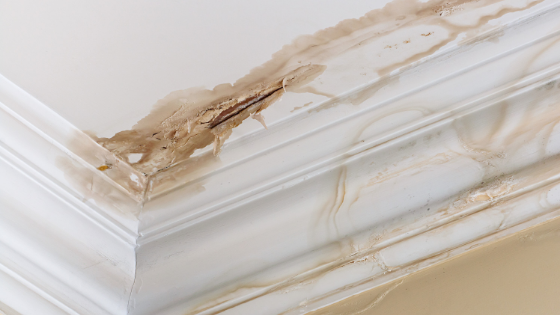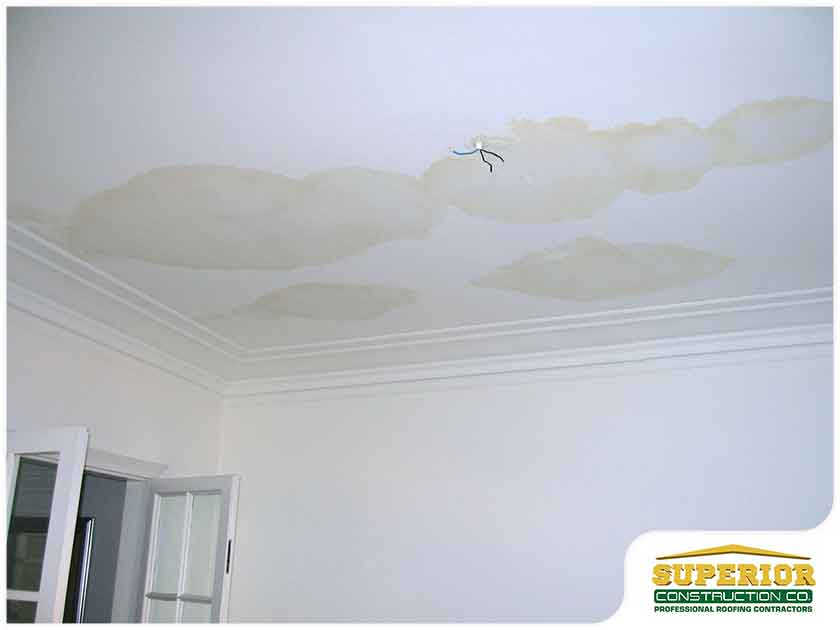The writer is making a number of good pointers regarding Water Stains on Walls overall in this article beneath.

Water discolorations on wall surfaces are not pleasant to the eyes. Your home must be without discolorations on the wall surfaces, roofing system, or floors. That is the ideal state of a house and its frameworks. Sometimes it appears almost inevitable to experience water stains on wall surfaces in houses.
House owners residing in damp areas constantly manage the anxiety of water spots on walls. That doesn't have to be the case for you. With all-round as well as exact info on the root causes of water discolorations and also prompt repair work procedures, you will certainly constantly be a step ahead of such events. This write-up promises to be a valuable overview for you.
3 Usual Causes of Water Stains on Wall Surfaces
As opposed to popular belief, water stains on wall surfaces do not constantly come from inadequate building products. There are several sources of water discolorations on walls. These include:
Moist
When hot moist air meets dry cold air, it causes water beads to base on the walls of buildings. When there is vapor from cooking or showers, this takes place in bathrooms and kitchen areas. The water droplets can tarnish the surrounding walls in these parts of your house and also infect various other areas.
Moist or condensation affects the roofing system and walls of structures. When the wall surface is wet, it produces an appropriate environment for the development of germs and also fungis.
Poor Drain
When making a structure plan, it is important to make sure appropriate drain. This will avoid water from seeping right into the walls. Where the drain system is blocked or missing, below ground wetness develops. This web links to extreme wetness that you discover on the wall surfaces of your building.
The leading reason of wet wall surfaces, in this case, can be a poor drainage system. It can also be due to inadequate monitoring of sewer pipes that run through the building.
Pipeline Leaks
Most residences have a network of water pipes within the walls. It always enhances the practicality of such pipes, as there is little oxygen within the walls.
A drawback to this is that water leakage affects the wall surfaces of the structure as well as triggers prevalent damages. An indicator of faulty pipes is the look of a water tarnish on the wall.
Pro Pointer
A houseplant in your house likewise increases its moisture. So, if your house is already damp, you might want to present houseplants with marginal transpiration. An instance of appropriate houseplants is succulents.
Water Spots on Wall: Fixing Tips
When dealing with water spots, property owners would normally want a quick solution. Yet, they would soon understand this is detrimental as the water discolorations repeat. So, here are a couple of practical ideas that will certainly assist you in the repair work of water spots on walls:
Final thought
No one wants to have water stains on walls in their home, it can happen to the ideal of us. This write-up offers you utilize, as you now understand how to handle this mishap if it does occur.
It is constantly best to hire specialist solutions to assist fix the damages in your house.
Sometimes it appears nearly inescapable to experience water spots on walls in homes.
Contrary to prominent belief, water stains on wall surfaces do not constantly stem from bad structure products. There are numerous causes of water discolorations on wall surfaces. The water droplets can stain the bordering walls in these parts of your house as well as spread to other areas.
Below are a few practical pointers that will lead you in the repair service of water discolorations on walls:
CHECKING FOR WATER DAMAGE
Water damage can be costly, and it may begin before you even notice the first signs of trouble. Water damage can cause mold and mildew in your walls and floors, which can create an abundance of health concerns for your family. It can also lead to costly repairs of various appliances and general home fixtures. To avoid the pricey consequences of water damage, here are Warner Service’s top 5 places you should check:
The walls – The easiest place to spot the beginnings of water damage is on the walls and ceilings of your home. If water damage is present, there will most likely be water stains, especially around the windows and doorframes, and/or cracks in the drywall. If a stain looks unusual (discolored to brown, black or gray, raised texture), has a swollen appearance or is soft to the touch, contact a professional immediately. The pipes – To avoid water damage, consistently check the pipes in your kitchen (especially the dishwasher and ice maker), bathrooms, laundry room (specifically washing machines) and basement for corrosion, leaks and water stains. Pay special attention to where the pipes connect in your home and the location of caulking around the bathroom fixtures, including toilets, sinks, showers and tubs. Missing or loose caulking and grout could be signs of leaking water. This seepage can also quickly cause mold and rust, so double check your water heater and tank for wet spots on the floor. The floor – Water damage is very easy to spot on the floor. Look for any warping or buckling of the material, especially in the basement. If your home has wood flooring, look for bright white or dark stains. If your home has carpeting, keep it dry and clean. A damp carpet that smells of mold could cause water damage and health problems. To avoid this, consider installing floor pans under your appliances to help prevent damages from small, slow and undetected leaks. The basement and attic – If your basement or attic smells odd check for mold and mildew around the area, especially the valley where the roof meets. While you are inspecting those areas, check for wall cracks, floor stains, rust and dampness in the insulation. If you live in a colder and/or rainier climate, perform routine checks for water damage from melting snow or ice and rain. The exterior – Check the roof for damaged flashing and missing, cracked or curled shingles. There should also be no standing water anywhere outside your home. This could be caused by puddles, leaky rain gutters or hoses, poor drainage, or short gutter spouts. Invest in a sump pump system or water flow monitoring system, and perform routine maintenance on these outdoor appliances to avoid indoor water damage.

We had been shown that editorial about How to Find and Repair Water Leaking in the Wall through a good friend on another website. Do you know another person who is inquisitive about ? Please feel free to promote it. I praise you for your time. Visit again soon.
Certified experts available.